As a pioneer in nocturnal remote sensing technology, the Earth Observations Group (EOG) has been producing Nighttime Lights maps since 1994. With the launch of the latest generation of earth observation satellites, significant advancements have been made with low light imaging. EOG has taken advantage of these technological advancements to provide users with superior quality Nighttime Lights products.
Now available in ArcGIS Living Atlas of the World, The VIIRS Nighttime Lights Monthly Cloud-Free Composite offers additional opportunity for monitoring human activities at both a regional and global scale. This data is useful for visualizing, measuring, monitoring, and analyzing human activity. You might use it in conjunction with other Living Atlas layers, such as the Global Human Settlement – Urban Centres Database, to pinpoint urbanized areas and begin to detect patterns of change related to urbanization, population growth, economic activity, access to electricity, and more.

About the Data
Temporal Coverage and Updates
Some Additional Eye Candy
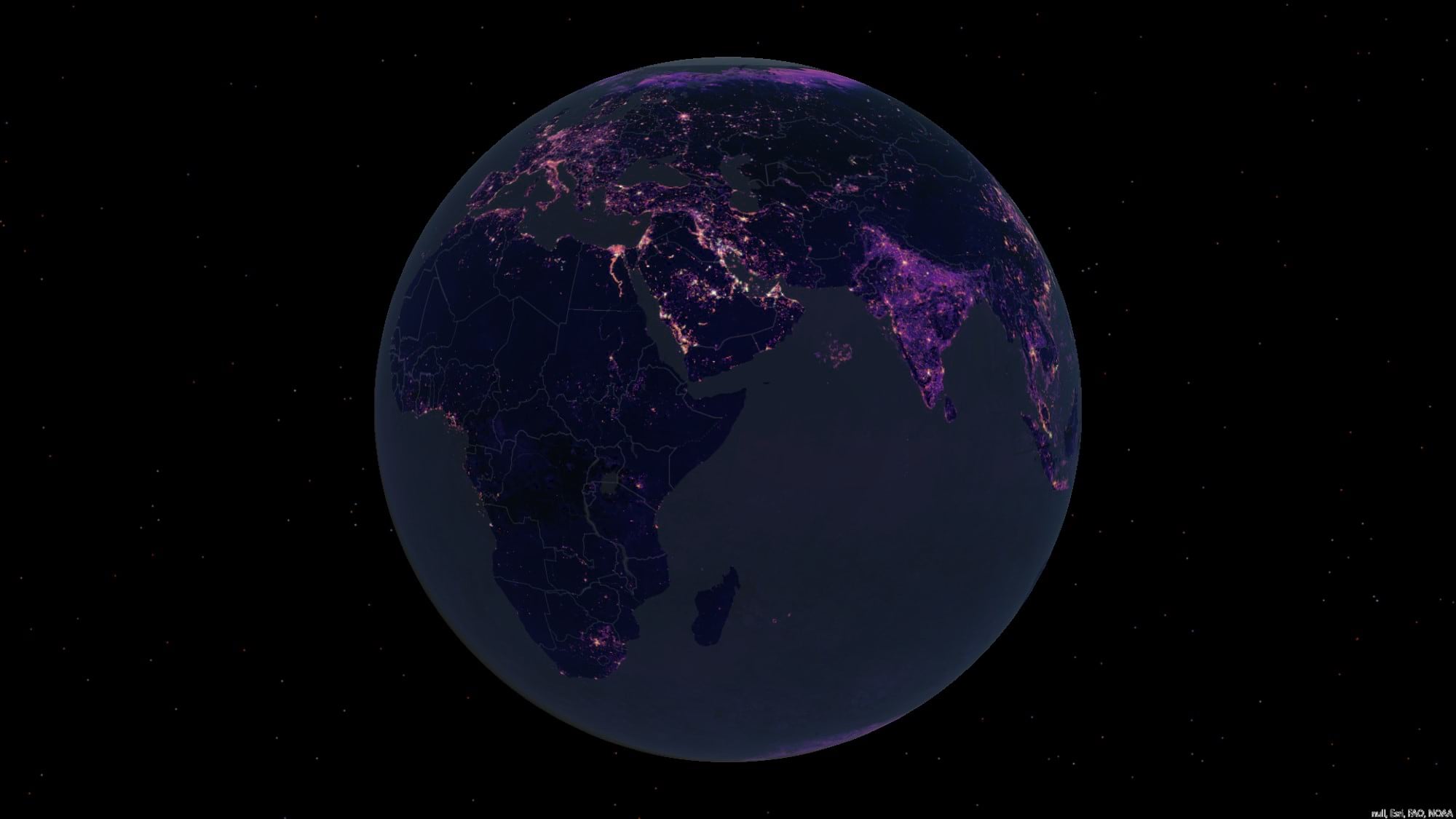
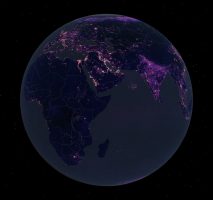
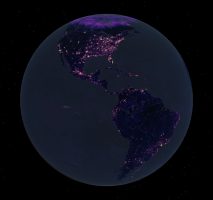
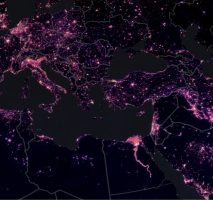
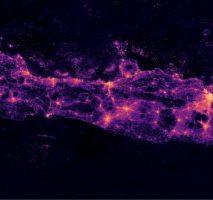
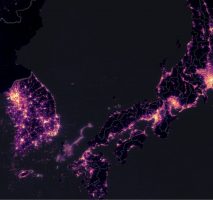
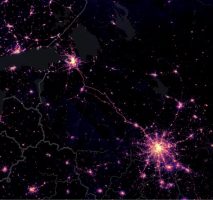

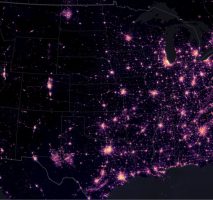
Credits
The Earth Observations Group is one of many initiatives of The Payne Institute for Public Policy at Colorado School of Mines. The Payne Institute produces world-class insights to inform and shape public policy on earth resources, energy, and the environment.
Many thanks to our Living Atlas imagery content development team for making this data easily accessible for Esri users!


Article Discussion: